No, not Deer Hunting, Deer Hitting Season (as in, that deer came out of nowhere and I hit it with my vehicle). Thousands of deer-vehicle accidents happen annually, causing accidents and personal injuries.
“Secrets” to minimizing your risk
- Be especially attentive from sunset to midnight and during the hours shortly before and after sunrise. These are the highest risk times for deer-vehicle collisions.
- Drive with caution when moving through deer-crossing zones or in areas known to have a large deer population. Deer seldom run alone. If you see one deer, others may be nearby.
- When driving at night, use high beam headlights when there is no oncoming traffic. The high beams will better illuminate the eyes of deer on or near the roadway.
- Slow down! Areas prone to deer herds like farm fields and wooded areas are prime locations for deer-vehicle collisions.
- Brake firmly when you notice a deer in or near your path, but stay in your lane. Many serious crashes occur when drivers swerve to avoid a deer and hit another vehicle or lose control of their vehicle.
- Always wear your seat belt. Most people injured in deer-vehicle crashes were not wearing their seat belt.
- Do not rely on devices such as deer whistles, deer fences and reflectors to deter deer. These devices have not been proven to reduce deer-vehicle collisions.
- If your vehicle strikes a deer, do not touch the animal. A frightened and wounded deer can hurt you or further injure itself. The best procedure is to get your car off the road, if possible, and call the police.

